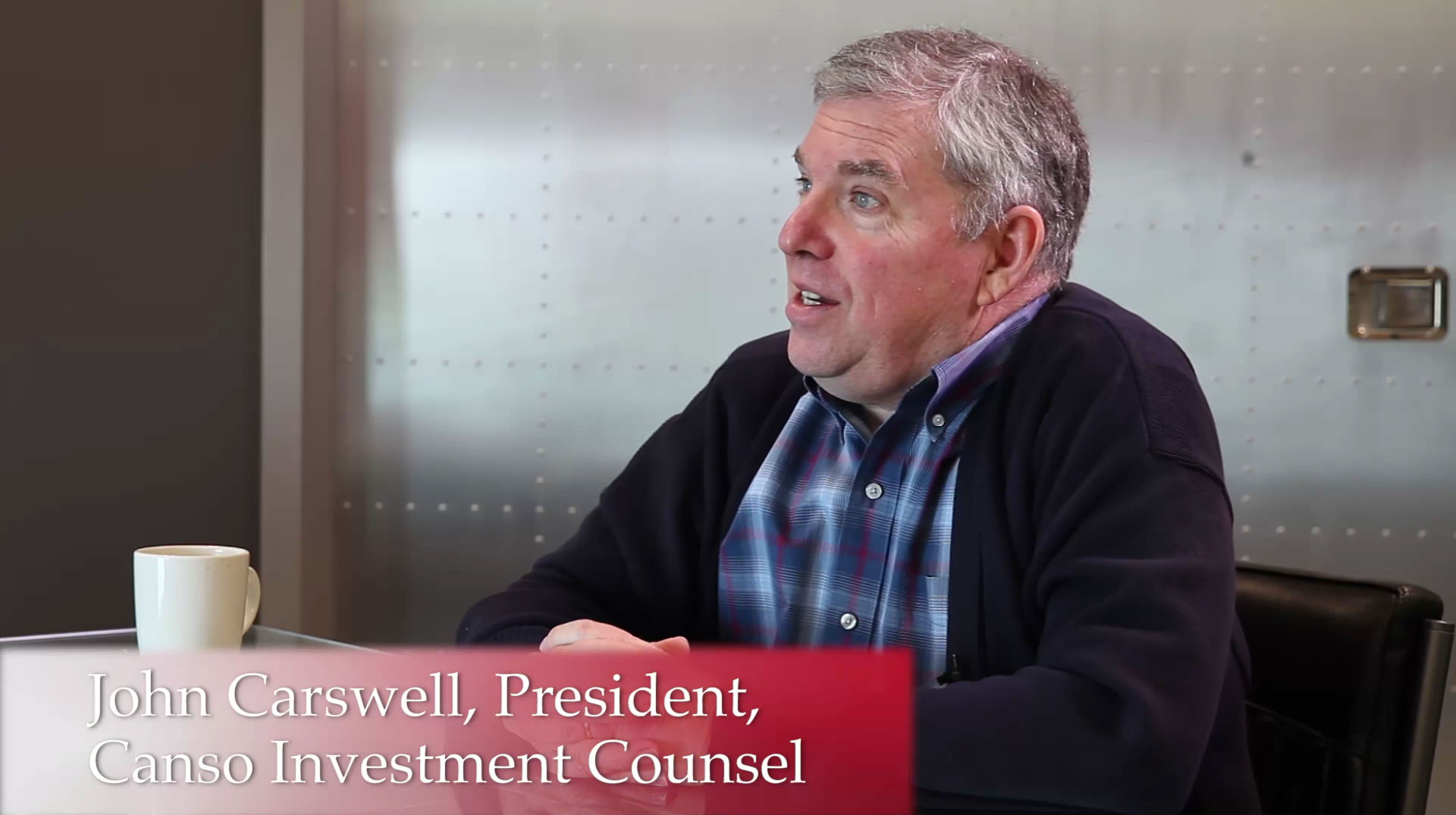Market volatility spiked with the fall of Silicon Valley Bank (SVB) and two other U.S. regional banks, which left investors around the world girding for the possibility of more casualties.
The SVB debacle has investors rethinking forecasts for further central bank rate increases that seemed pretty set in stone mere days earlier, when they remained convinced the Fed would abide by its fervent commitment to fight inflation.
Pivot point
“If the enthusiasm of the bond and stock markets are to be believed, the recent financial problems with SVB and Credit Suisse could finally be cause for the Fed to relent,” the team at Canso Investment Counsel Ltd. said in its March 2023 Canso Market Observer.
When government bond prices soared on March 13th, it propelled the 2-year US Treasury yield to its biggest one-day drop since 1987, as portfolio managers and individual investors suddenly pivoted to a belief that the Fed would hold steady at its next meeting or maybe even cut rates.
“Deciding that ‘this time will be different’ is a very dangerous thing for an investor to do,” Canso added. “On the other hand, we have seen little evidence that there are problems in the credit markets during this tightening cycle so far, except for the recent meltdowns of SVB and Credit Suisse.”
Cash is definitely not trash
Investors dumped bank stocks around the world, which created staggering losses for many U.S. regional banks, even well-capitalized ones. Fortunately, investors are finally getting paid to sit in cash or short-term bonds, while they figure out where to put their money for the longer term.
“Even with the lower rates after SVB, cash does not seem like a bad place to park your money while waiting for the financial world to end or to prosper,” the Canso Market Observer said.
What about inflation?
Given the unpredictability of central bank decisions, it’s difficult to forecast how much the Fed will continue to tighten monetary policy, or whether it feels it has done enough to get inflation back to its target of 2% “and make long bonds attractive at 3.6%, which is low by historical standards,” Canso said.
For now, investors seem happy to own a 30-year U.S. Treasury bond at 3.6%, which is 0.4% less than the 1-month Treasury Bill yield of 4.0%.
They are willing to give up more interest with the shorter-term T-Bill, “to lock in their coupon for 30 years and avoid the risk that bond yields will fall,” which suggests they are now thinking it’s possible central bank policy could swing to a more dovish stance – something that was almost unfathomable such a short time ago.
“As the economy stays stronger and inflation lingers longer than the bond market expects, Fed outreach and its public relations machine had been growing more hawkish prior to the SVB panic,” the newsletter said.
“Now the markets have carved back their expectations for future hikes that they were predicating on an aggressive Fed.”
Another round?
Some feel that the recent decision to absorb government debt and mortgage-backed bonds at above-market prices — in the wake of bank failures — is tantamount to a new form of quantitative easing.
It’s hard to say whether this is a fair assessment at this early juncture, but after the various rounds of bond purchases undertaken by central banks to stabilize the financial system since the global financial crisis back in 2008, questions around whether this bank run and its impact on global markets will be enough to trigger QE seem fair.
For now, investors will have to contend with a rather unsettled financial and economic environment, as decision makers weigh the data and their options. Fears of a bear market and a possible recession are wreaking havoc with portfolios, but no matter the short-term antics of the bond market, it is clearly anticipating a “return to normal” inflation.
Read the full March 2023 Canso Market Observer here.
DISCLAIMER: The views and information expressed in this publication are for informational purposes only. Information in this publication is not intended to constitute legal, tax, securities or investment advice and is made available on an “as is” basis. Information in this presentation is subject to change without notice and Canso Investment Counsel Ltd. does not assume any duty to update any information herein. Certain information in this publication has been derived or obtained from sources believed to be trustworthy and/or reliable. Canso Investment Counsel Ltd. does not assume responsibility for the accuracy, currency, reliability or correctness of any such information.





